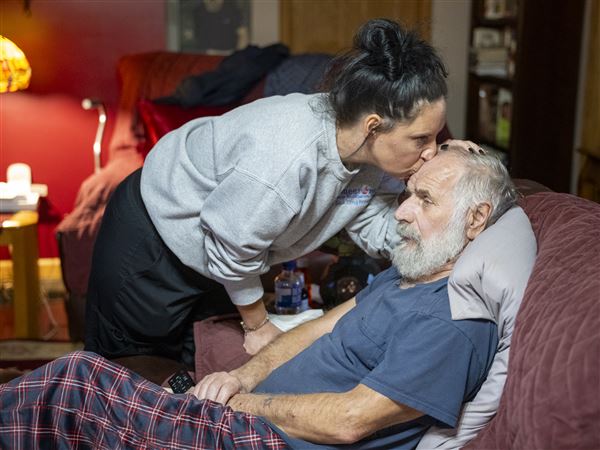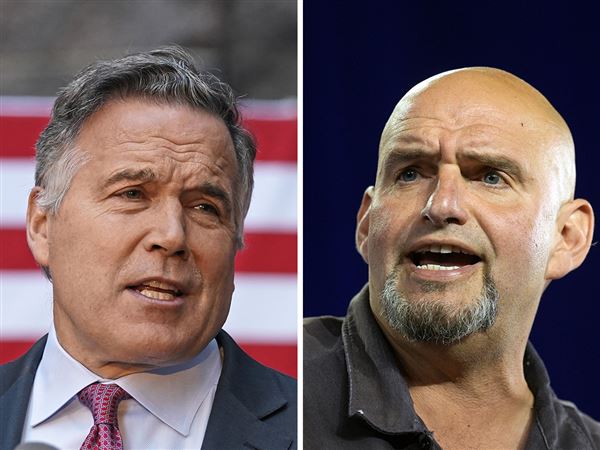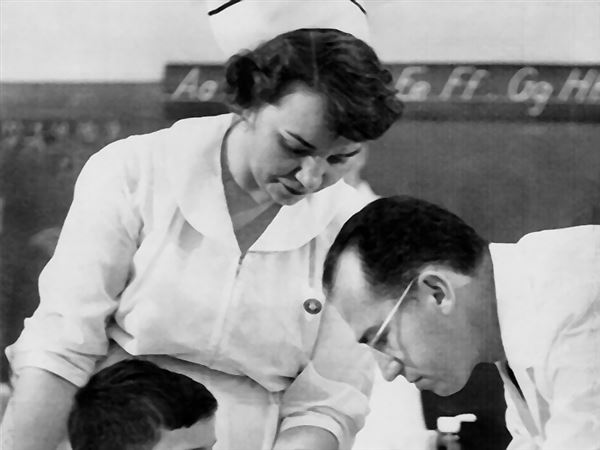Call it the $350 million question.
Over the next six weeks, the Pennsylvania Turnpike will try to decide whether to rehabilitate its five sets of tunnels one at a time over 10 to 15 years or enter into a public-private partnership with one firm that would do all of the work in five to six years and be responsible for maintenance for about 30 years.
And the $350 million is key because a large part of that money would be the upfront cost if the agency decides to pursue a partnership, said Brad Heigel, the turnpike’s chief engineer. Mr. Heigel said the agency is doing its due diligence by reviewing the partnership idea.
“This is technologically very intriguing to me,” Mr. Heigel said. “The question becomes whether we do them all at once through a partnership or one off at a time until we’re done.
“[The partnership is] kind of a neat idea. It has to be affordable. I’m just concerned about the financial aspects of it.”
The turnpike has four sets of tunnels that date back to its original construction in the 1930s and ’40s: Allegheny, 6,050 feet long in Somerset County; Tuscarora, 1.1 mile long at the Huntingdon-Franklin County line; Kittatinny, 4,727 feet long in Franklin County; and Blue Mountain, 4,339 feet long and 600 feet from Kittatinny in Franklin County.
The Lehigh Tunnel on the Northeast Extension is 4,380 feet long and opened on the Lehigh-Carbon County border in 1957.
Mr. Heigel said the tunnels generally are “very sound” structurally but all of them need interior tile work as well as modernization of their electrical, HVAC and water systems. The commission spends about $1 million per set of tunnels annually for operations and maintenance, plus the cost of an inspection every other year.
A partnership wasn’t on the turnpike’s radar until a private company submitted an unsolicited proposal to the state’s Public Private Partnership board in April. Although that proposal hasn’t yet been made public, Mr. Heigel said it prompted the agency to at least consider the possibility.
As a result, the turnpike recently issued a formal “request for information” from other companies to see how much interest there might be in such a partnership and solicit other ideas about how such a project could work.
Responses are due by Feb. 7 and Mr. Heigel said the agency should decide by the end of February whether to request qualifications from potential bidders for a partnership, followed by formal proposals, or drop the idea. The February deadline is related to the agency’s plans to solicit bids to upgrade Tuscarora by itself this year at a projected cost of more than $50 million.
“I’m still trying to get my hands around all of this and see if it would work,” Mr. Heigel said. “I want to have a full understanding before we let bids for the Tuscarora Tunnel.”
The belief is there would be an economy of scale by using one contractor for all of the tunnels since the tunnels use similar tiles and utility systems. Also, by doing several similar projects at the same time, the contractor would be expected to become more efficient at performing the work.
If the turnpike decides to pursue a partnership, the turnpike would issue a formal request for proposals, including from the company with the original idea.
“Typically, selecting from a group of one isn’t a good thing for a public agency,” he said. “I don’t know what the market is out there for a partnership like this. This request for information should show us that.”
The turnpike hasn’t done such a large project through a partnership, but the Pennsylvania Department of Transportation is finishing a four-year, $942 million partnership to replace 558 small, structurally deficient bridges that benefited from from buying thousands of nearly identical precast concrete beams that were used across the state.
After the initial upfront payment, a partnership then would receive additional payments based on achieving project goals.
Mr. Heigel conceded that work to upgrade the tunnels — whether individually or through a partnership — is “difficult at best” because of the restrictions the turnpike puts on the contractors to keep traffic moving. In most cases, one tunnel portal is closed at a time for overnight construction while traffic is shifted to one lane in each direction in the other tunnel, but both tunnels are open during daylight hours.
“We’ve clearly spelled out to contractors what is required when we do tunnel work,” Mr. Heigel said. “Our obligation is to our paying customers and we owe it to them to keep traffic moving.”
Ed Blazina: eblazina@post-gazette.com, 412-263-1470 or on Twitter @EdBlazina.
First Published: January 20, 2019, 5:22 a.m.
















